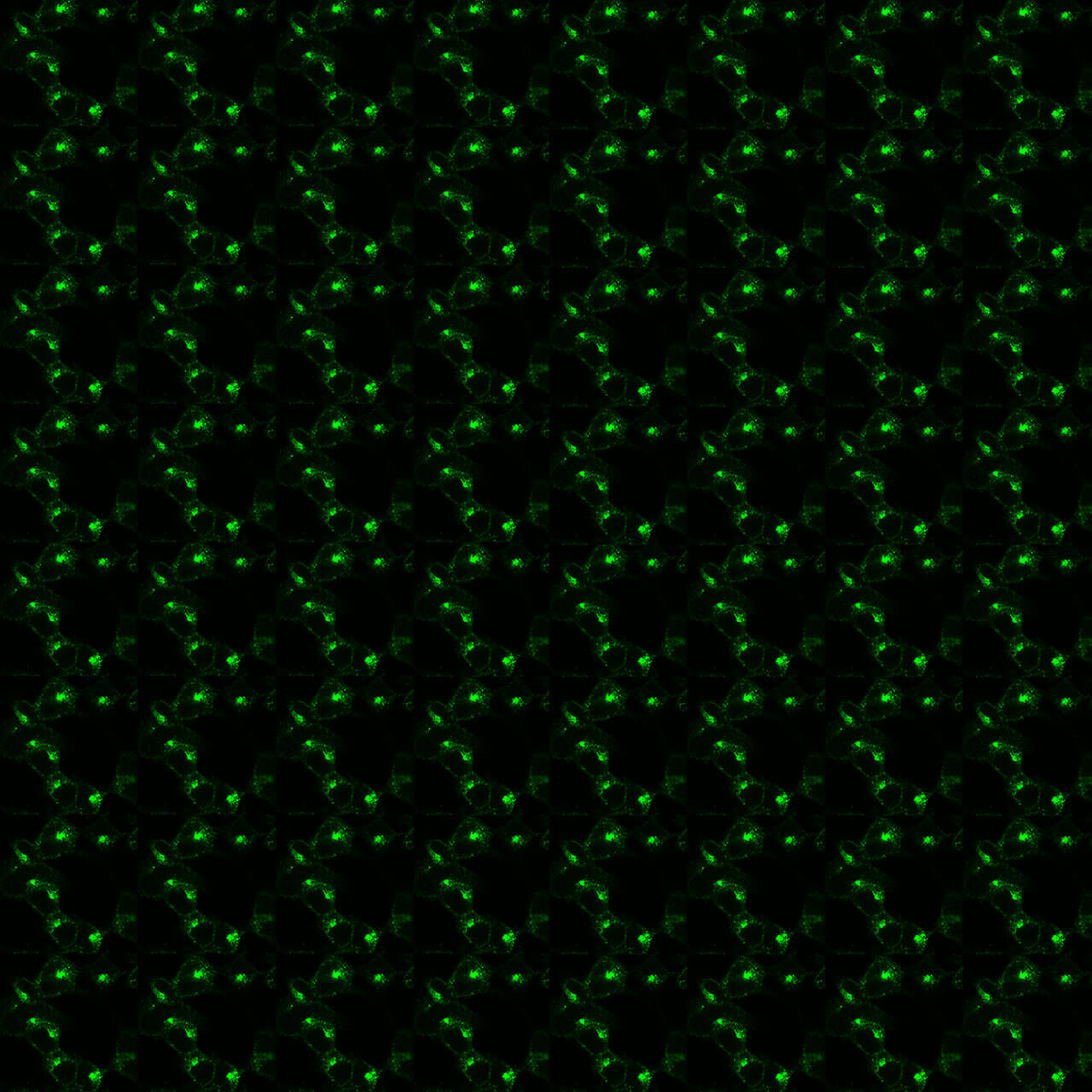No results were found for the filter!
NEW
 pS320/pS321-CXCR6 (phospho-CXC Chemokine...
pS320/pS321-CXCR6 (phospho-CXC Chemokine... Serine320/Serine321 (S320/S321) is a major phosphorylation site of the CXCR6 receptor. The pS320/pS321-CXCR6 antibody detects phosphorylation in response to high- and low-efficacy agonists but not after PKC activation. S320/S321...
$ 375.00 *
NEW
 pS325/pT327-CXCR6 (phospho-CXC Chemokine...
pS325/pT327-CXCR6 (phospho-CXC Chemokine... Serine325/Threonine327 (S325/T327) is a major phosphorylation site of the CXCR6 receptor. The pS325/pT327-CXCR6 antibody detects phosphorylation in response to high- and low-efficacy agonists but not after PKC activation. S325/T327...
$ 375.00 *
NEW
 pS329/pS331-CXCR6 (phospho-CXC Chemokine...
pS329/pS331-CXCR6 (phospho-CXC Chemokine... Serine329/Serine331 (S329/S331) is a major phosphorylation site of the CXCR6 receptor. The pS329/pS331-CXCR6 antibody detects phosphorylation in response to high- and low-efficacy agonists and after PKC activation. S329/S331...
$ 375.00 *
Recently viewed


